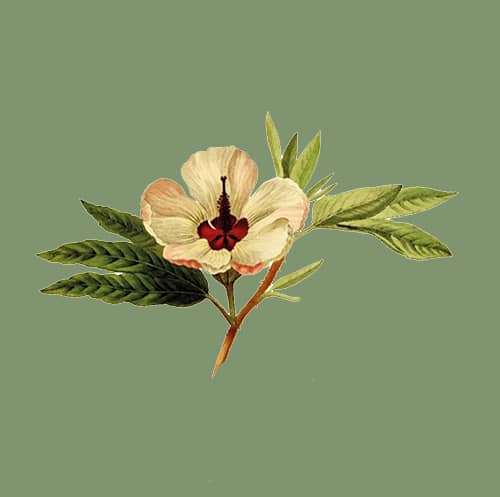The use of weeds and wildflowers in gardens is trending at this year’s RHS Chelsea Flower Show, with several gardens making full use of them, so we asked our Head Gardener for his thoughts on the benefits of (and the debate around) this growing movement.
An ongoing topic that’s been circulating for debate in the horticultural community for many years, the inclusion of weeds and wildflowers within the garden, is now a subject that has significantly risen in prominence as many embrace a less restrictive style of gardening.
This week, we’ve caught up with our Head Gardener to hear his thoughts on weeds and wildflowers, their role within the garden and explore how wildflowers can bring a variety of environmental and visual benefits to the garden that you may not already know.
Why have weeds been previously considered as a pest in the garden?
Classically, western culture as a whole has focussed on intensively gardened, weed-free, chemically treated and high-maintenance gardens. Any site of a cluster of chickweed under the canopy of a tree has, traditionally, had most horticulturalists shudder and reach for their hori-hori. That’s due to the nature of the so-called ‘weeds’. The name itself doesn’t do them any justice, as it’s hardly an attractive-sounding word.
The tendency to self-seed and blanket cover a border is a gardener’s biggest concern and a legitimate issue in a well-tended border. It’s also impossible for the dainty white and purple flowers of clover to match the explosive burst of colour you get from a dahlia or a peony.
Red clover is a perfect example of this. Normally, you don’t see these flowering as they’re usually removed before they have the chance. But left alone, a red clover can rival the flower of an allium.
Weeds are considered competition for the plants that we have bought and want to grow.

Why has there been a change in attitudes towards wildflowers?
Attitudes are changing in the post-covid era. Gardens became more recognised and appreciated as lifelines and sanctuaries in people’s lives during the pandemic. Lots of people had the time to learn a lot more about growing and now have a greater understanding the holistic cycles of nature. They respect it in the way they garden.
Simply observing a bee floating around your back garden going from plant to plant, not caring whether it pollinates a ‘weed’ or your prized specimen roses. That patch of nettles in the corner of the garden which is strimmed down every year could be home to some seed-eating birds and when left alone, can also cut down at the end of its life cycle to produce high-nitrogen fertiliser for the following spring.
Nature has offered us everything we need for a harmonious garden where prized plants and humble weeds can work together, giving back to the owner in terms of biodiversity, fertiliser, ground-cover and a general feeling of wholeness, that they are contributing to the natural way things are.
Wildflower meadows – how to improve your garden
Planting a wildflower meadow or starting a vegetable plot, are two of the best things you can do to transform a landscape. The former rewards the owner with swathes of colour, more biodiversity and a low-maintenance garden. The latter provides nutrition, and the opportunity to find out where food comes from. Both are becoming a sought-after addition for some gardens.
Bees are one of the main winners, as stewards of our food supply. Without them, we simply could not exist. Wildflower meadows provide an all-season-long food source for them, not to mention other pollinators that come along for the ride.
In late summer, the flowers provide a canopy to life on the ground too. There is next to no weeding with wild flowers. Initial soil conditions have to be correct for the seed to begin, but once the plants have settled, they’ll flourish. Perhaps some initial work to remove invasive perennials, but once spring rolls around, there is simply too much competition for them to exist.
We have found that some clients are coming to us to bring wildflower seed mixes or instant wildflower turf into their landscape. With seed mixes inspired by Nigel Dunnet and Pictorial Meadows, we create tapestries of wildflowers with owners, establishing optimal pollination in the environmental setting.

Image courtesy of: Pictorial Meadows™ Aqua Olympic aquatic centre mix
The future of gardening
We believe that gardens, especially in the UK, will shift to a more European style of gardening in the future. This would involve more drought-tolerant plants and more of a reliance on both herbaceous perennials and grasses.
Pioneers of this style like Piet Oudolf and Noel Kingsbury have been designing gardens in this manner for many years, with the famous Highline Garden in Manhattan being extremely well-received. Overall, we have forecasted that there is to be a shift towards high reward gardening, to both nature and ourselves.
Enjoying reading about all things horticulture? Why not take a stroll through our stories and learn a range of unique gardening tips and tricks!


